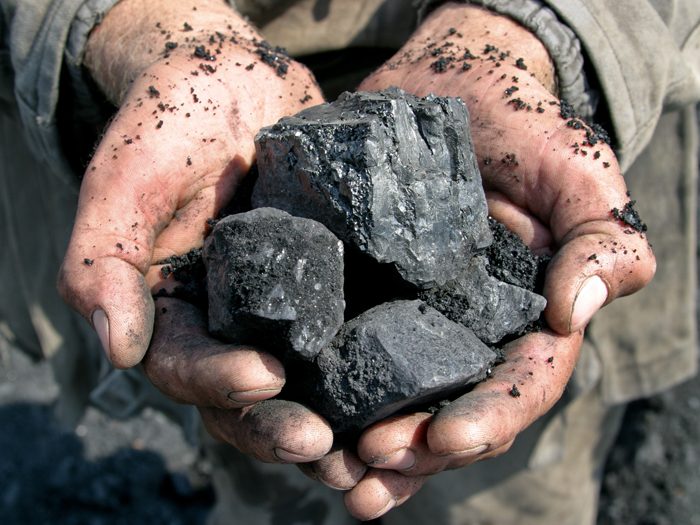Coal Ash Is a Bigger Threat Than We Realized. And Now Insurance Might Have to Foot the Bill

What’s Happening: Coal-fired power plants are leaking toxic chemicals into nearby groundwater, according to an expansive new report from the Environmental Integrity Project and Earthjustice. The plants are leaking pollutants like arsenic, lithium and chromium.
“The examples span the country. At a family ranch south of San Antonio, a dozen pollutants have leaked from a nearby coal ash dump, data showed,” said the Washington Post.
“Groundwater at one Maryland landfill that contains ash from three coal plants was contaminated with eight pollutants. In Pennsylvania, levels of arsenic in the groundwater near a former coal plant were several hundred times the level the EPA considers safe for drinking.”
By the numbers:
-
- 91 percent of U.S. coal plants (242 of the 265) are contaminating groundwater unsafe levels of toxic pollutants.
- 52 percent of the plants had unsafe levels of arsenic, which can cause cancer and impair development in children’s brains.
- 60 percent of the plants have unsafe levels of lithium, which can cause neurological damage.
- Less than 5 percent of coal ash waste ponds have waterproof liners to prevent contaminants from leaking into the groundwater.
- 90 million people rely on groundwater for their drinking supplies.
Are Insurers Responsible for Spill Claims?
That’s unclear, but an ongoing case may give us some answers. Duke Energy sued approximately 30 insurance companies in 2017, saying they are liable for years-long environmental damage from coal-ash ponds at 16 current and former coal plants in the Carolinas.
In February 2014, a storm drain collapse spilled up to 39,000 tons of ash into the river. Duke later pleaded guilty to federal and misdemeanor violations.
“The insurers sold Duke Energy and Progress Energy policies from 1971 to 1986, Duke says. While they are no longer in force, Duke says the insurers are still liable for environmental damage that occurred while the polices were in effect,” reported the Charlotte Business Journal.
Now, the two sides are in the midst of negotiating a $600 million settlement.
Political Landscape Shaping Coal Use
Under the Trump Administration, the Environmental Protection Agency has been cutting environmental regulations — including regulations on coal ash.
In 2015, the Obama administration worked to create regulations aimed at proper storage of coal ash in the wake of major spills in Tennessee and North Carolina.
“Changes made under President Trump would extend the life of some existing ash ponds, empower states to suspend groundwater monitoring in some cases and allow state officials to certify whether a facility meets adequate standards,” read the Post. “EPA officials estimate the rule changes will save the industry tens of millions of dollars a year in compliance costs.”
Abel Russ, the lead author of the report and an attorney with the Environmental Integrity Project said, “At a time when the Trump EPA — now being run by a former coal lobbyist — is trying to roll back federal regulations on coal ash, these new data provide convincing evidence that we should be moving in the opposite direction: toward stronger protections for human health and the environment.”
Further Reading:
An interactive map of the coal ash contamination sites — EarthJustice
What is Coal Ash and Why is it Dangerous? — New York Times
Hurricane Florence Brings The Issue Of Coal Ash Back To The Surface — Forbes










